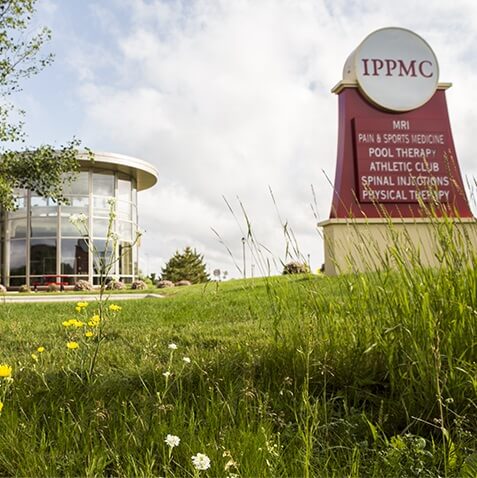What Causes Pain?
In the simplest case, something dangerous -- heat from the stove, the cut of a knife, electricity from an outlet, an object colliding with your toe -- damages or threatens to damage tissue in your body.
Pain receptors, called nociceptors, send signals to your brain via your spinal column telling you of the danger so you can take measures to protect yourself or prevent further injury. This type of pain, called nociceptive pain, is the most common. It is experienced with muscle or bone injuries, surgery, or pressure from an infection or condition like cancer. It can be experienced as sharp, dull or aching, in a large or small area, and generally goes away as the damage to your body heals.
Nociceptive pain can last for months or years when damaged tissues cannot heal, and chronic inflammation may be involved. Arthritis, some kinds of neck and back pain, osteoporosis pain, some kinds of cancer pain, and many other types of chronic pain are nociceptive.
Another type of pain is caused by injured nerves, or other changes in the nervous system, and is called neuropathic pain. The disturbed nervous system sends pain signals to the brain even when there is no other ongoing tissue damage. Neuropathic pain is often experienced as tingling, aching, or burning and can last for months or years. One example of this type of pain is phantom limb pain, when a person who has had an arm or leg removed still experiences pain as if it were coming from the missing limb. Other types of neuropathic pain include trigeminal neuralgia, peripheral neuropathy, postherpetic neuralgia, and complex regional pain syndrome (CRPS).
Some patients have chronic pain, and doctors cannot pinpoint the source. Often, it is best to refer to this pain as idiopathic -- which means that the cause is unknown.
All types of pain are subjective and can be measured and reported only by the person experiencing it. All types of pain are real and can be treated. Many factors influence the experience of pain, including the mechanisms in the body that are sustaining the pain, the meaning of the pain, and psychological factors, such as individual coping styles and emotional support.
Can Pain Be Treated?
Yes. Pain can be treated safely and effectively. There are many types of treatments for pain, including medication and non-drug treatments. It is important to treat pain. Unrelieved pain brings unnecessary suffering. Living with pain uses up a lot of energy that can be better used to fight illness or maintain activities of daily living. Pain may cause patients to:
- Feel weak because of disruptions in activity, appetite, and sleep
- Give up hope
- Reject treatment programs
- Feel helpless, anxious, and depressed
- Think about suicide
- Stop enjoying normal activities, such as work, recreation, and relations with others
If you are in pain, don't give up! Working with your doctor and other professionals, you can manage your pain. Sometimes pain relief can be obtained right away. In other situations, it takes time for treatment to be tailored to fit the individual and his/her unique condition.
How Can Pain Be Treated?
Pain treatment needs to be tailored to the individual. What works for one person may not work for the next. Pain can be treated through the use of:
Drug Therapies
Acetaminophen and nonsteroidal anti-inflammatory drugs (NSAIDs), such as aspirin, ibuprofen, naproxen, and others; opioids (also called narcotics); so-called adjuvant analgesics, which are drugs that are used primarily to treat conditions other than pain but can relieve some painful conditions. Adjuvant drugs include antidepressants, anticonvulsants, local anesthetics, and others.
Rehabilitation Therapies
Physical therapy, occupational therapy, treatments such as heat, cold, ultrasound, and others.
Psychological Therapies
Cognitive approaches, such as relaxation training, distraction techniques, hypnosis, biofeedback, and other behavioral approaches; other types of psychotherapy.
Anesthetic Therapies
Nerve blocks, drug infusion into the spine, spinal cord stimulation.
Neurostimulatory Procedures
Transcutaneous electrical nerve stimulation (TENS), acupuncture, invasive stimulatory therapies (spinal cord and brain).
Surgical Approaches
Alternative or Complementary Approaches


